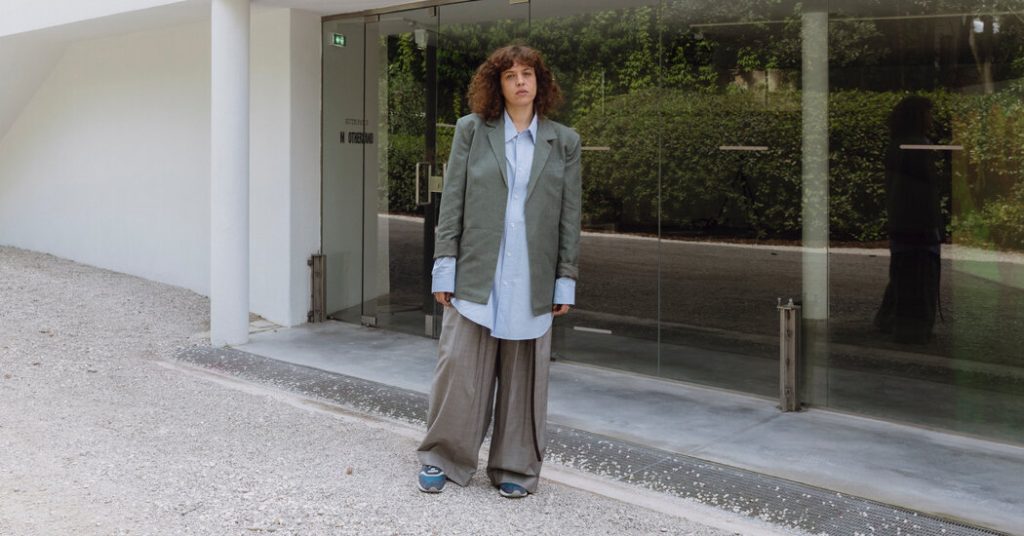The Venice Biennale, one of the world’s most prestigious international art exhibitions, has been at the center of controversy due to the artist and curators representing Israel deciding to keep the Israel pavilion locked until a cease-fire and hostage release agreement is reached. Ruth Patir, the artist chosen to represent Israel, expressed her reluctance to open the exhibit she has been working on, stating that the situation in Gaza was much larger than her personal opportunity as an artist. The ongoing conflict in Gaza has overshadowed major cultural events, leading to protests and debates about Israel’s participation in various international forums.
The decision to keep the Israel pavilion locked has drawn mixed reactions, with some criticizing the artist and curators for taking a stance on the conflict and potentially drawing criticism from Israeli lawmakers. While there is a desire for a cease-fire and hostage deal among many Israelis, the decision to close the pavilion without prior notice to the government has raised concerns. However, visitors will still be able to view one of Patir’s video pieces through the pavilion’s windows, which reflects her sadness and frustration over the conflict.
The controversy surrounding Israel’s participation in the Venice Biennale dates back to February when an activist group called for a ban on Israel over its conduct in Gaza. The group argued that any official representation of Israel in international cultural events would be seen as an endorsement of the country’s policies. However, the Biennale’s organizers and Italian lawmakers defended Israel’s right to express its art and share the experiences of its people during difficult times, citing historical precedents of other countries being allowed to participate despite political controversies.
Patir, whose work focuses on the pressures faced by women to become mothers, had remained silent throughout the uproar surrounding the Israel pavilion. Her show, titled “(M)otherland,” explores fertility and the societal expectations placed on women to bear children. The conflict in Gaza has deeply affected Patir, who has actively participated in protests in Tel Aviv and called for political change. The decision to shut down the show completely was a response to the ongoing conflict, with hopes that conditions for a cease-fire will be met before the Biennale ends in November.
As an artist, Patir hoped that the situation in Gaza would improve so she could open the pavilion before the Biennale’s conclusion. The Israel pavilion remains closed, with a sign posted on the door indicating that it will only open when a cease-fire and hostage release agreement is reached. Patir’s artwork, which features animated images of ancient fertility statues, serves as a reflection of her emotions and distress over the conflict. Despite the ongoing challenges and tensions between Israel and Iran, Patir remains hopeful that the pavilion will eventually open to visitors at the Biennale.


